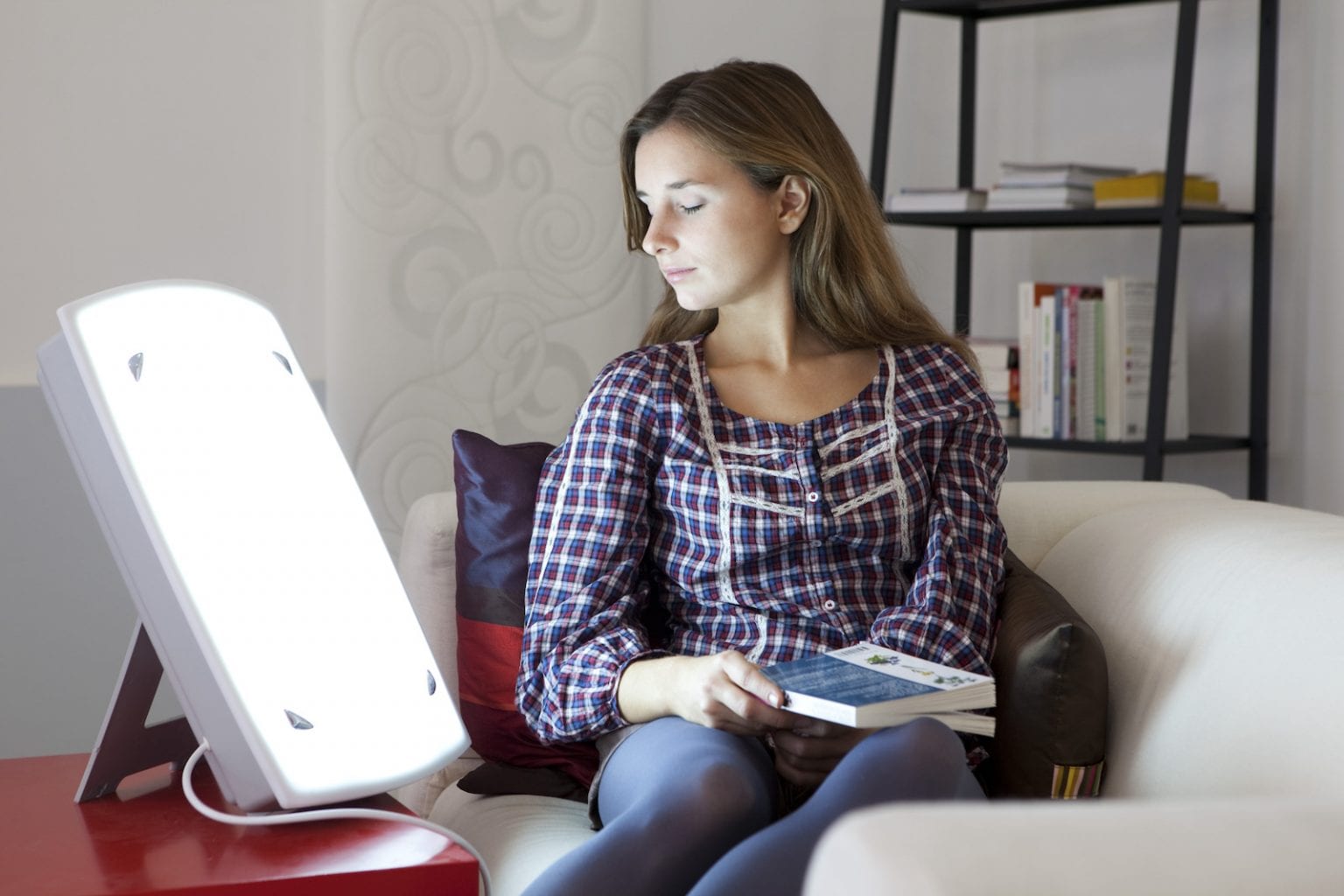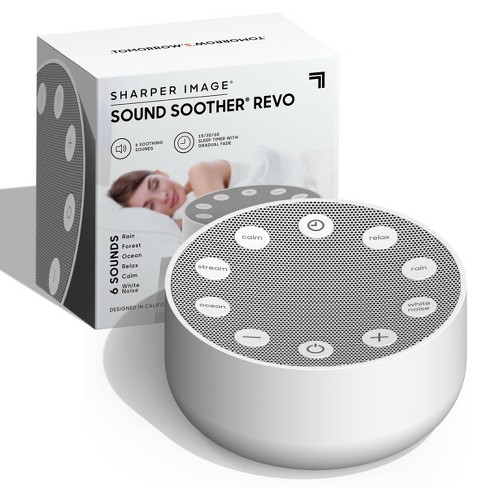Cognitive Behavioral Therapy for Insomnia (CBT-I) - Proven Methods
Cognitive Behavioral Therapy for Insomnia (CBT-I) - Proven Methods
Blog Article
Reliable Therapy Solutions for Taking Care Of Sleep Disorders and Enhancing Peaceful Rest
In the realm of health care, the monitoring of rest conditions and the mission for relaxed rest are crucial components of overall health. Efficient treatment options supply a multifaceted approach to tackle these difficulties, varying from cognitive behavioral treatments to alternative practices that advertise leisure and mindfulness. The expedition of numerous approaches, consisting of the integration of medicine and light therapy, opens up a world of opportunities in the search of much better rest quality. As we browse the intricate landscape of rest disorders and seek to boost our rest experience, a much deeper understanding of these treatment options might hold the key to unlocking a more refreshing and meeting restorative journey.
Cognitive Behavior Modification for Sleeplessness (CBT-I)
Cognitive Behavior Modification for Sleep Problems (CBT-I) is an organized, evidence-based therapy method that concentrates on resolving the hidden variables contributing to sleep disturbances. This kind of therapy intends to modify habits and thoughts that worsen insomnia, ultimately advertising healthy rest patterns. CBT-I normally entails several crucial parts, including cognitive treatment, sleep limitation, stimulation control, and rest hygiene education.
Cognitive therapy aids individuals recognize and alter unfavorable idea patterns and ideas about sleep that might be preventing their capacity to fall or remain asleep. Sleep limitation involves limiting the amount of time spent in bed to match the individual's real rest period, thus raising sleep performance (insomnia therapy). Stimulus control methods help develop a strong association in between the bed and sleep by encouraging people to visit bed just when drowsy and to avoid taking part in boosting activities in bed
Additionally, rest hygiene education concentrates on creating healthy and balanced sleep practices, such as maintaining a consistent sleep timetable, producing a relaxing bedtime routine, and maximizing the rest setting. By attending to these factors comprehensively, CBT-I provides an effective non-pharmacological treatment for handling sleeping disorders and enhancing total sleep top quality.
Sleep Hygiene Practices
Having developed the structure of cognitive restructuring and behavioral alterations in resolving sleep problems via Cognitive Behavioral Therapy for Sleeplessness (CBT-I), the emphasis currently changes towards discovering important Sleep Hygiene Practices for keeping ideal rest top quality and overall well-being.
Rest health techniques incorporate a variety of practices and ecological aspects that can considerably impact one's capability to drop off to sleep and remain asleep throughout the night. Constant sleep and wake times, creating a relaxing bedtime regimen, and enhancing the rest environment by maintaining it dark, peaceful, and cool are critical components of good rest health. Restricting direct exposure to screens before going to bed, staying clear of energizers like caffeine close to bedtime, and participating in regular exercise throughout the day can also advertise much better sleep quality.
Furthermore, exercising leisure strategies such as deep breathing exercises or reflection before bed can help calm the mind and prepare the body for sleep. By including these rest hygiene practices right into one's day-to-day routine, individuals can establish a healthy sleep pattern that supports peaceful rest and general wellness.
Relaxation Methods and Mindfulness
Carrying out leisure methods and mindfulness practices can play a pivotal duty in promoting a sense of calm and advertising quality rest. Furthermore, assisted imagery can help carry individuals to a serene location in their minds, assisting in anxiety reduction and improving sleep quality.
By including these techniques right into a going to bed regimen, individuals can signify to their bodies that it is time to prepare and relax for rest. Overall, incorporating relaxation methods and mindfulness methods can significantly add to handling sleep problems and improving general sleep quality.

Medication Options for Rest Disorders
After discovering relaxation methods and mindfulness methods as non-pharmacological interventions for enhancing sleep quality, it is vital to think this post about medicine alternatives for individuals with rest conditions. In instances where way of living adjustments and treatment do not provide enough relief, medicine can be a valuable tool in handling rest disturbances.
Frequently recommended medicines for rest problems consist of benzodiazepines, non-benzodiazepine hypnotics, antidepressants, and melatonin receptor agonists. Antidepressants, such as trazodone, can be beneficial for people with co-occurring depression and rest disruptions - insomnia solutions.
It is vital for people to seek advice from a medical care provider to establish the most appropriate medication option based on their particular sleep condition and case history.
Light Treatment for Body Clock Regulation
Light treatment, likewise known as phototherapy, is a non-invasive therapy technique utilized to manage circadian rhythms and improve sleep-wake cycles. This treatment involves exposure to bright light that resembles natural sunlight, which helps to reset the body's body clock. By subjecting individuals to specific wavelengths of light, commonly in the morning or night relying on the desired effect, light therapy can successfully change the circadian rhythm to promote wakefulness during the day and boost relaxed rest during the night.
Research study has shown that light treatment can be particularly helpful for individuals with body clock disorders, such as delayed sleep phase disorder or jet lag. It can additionally be valuable for those experiencing seasonal affective problem (SAD), a type of depression that generally takes place during the winter season when all-natural light direct exposure is lowered. Light treatment is typically well-tolerated and can be made use of combined with other treatment approaches for sleep problems to enhance results and improve total sleep high quality.
Final Thought
Finally, efficient treatment options for handling sleep disorders and improving relaxed sleep consist of Cognitive Behavioral Therapy for Sleeplessness (CBT-I), sleep rem behavior disorder health techniques, relaxation techniques and mindfulness, medication choices, and light treatment for body clock regulation. These techniques can assist individuals boost their rest top quality and total health. It is essential to seek advice from with a health care provider to determine one of the most ideal approach for addressing sleep issues.
As we navigate the elaborate landscape of rest problems and look for to boost our visit here sleep experience, a deeper understanding of these therapy services may hold the secret to unlocking a more relaxing and meeting corrective trip.
Rest limitation entails limiting the quantity of time invested in bed to match the individual's actual sleep duration, thus boosting rest efficiency. Constant rest and wake times, creating a relaxing going to bed routine, and optimizing the rest atmosphere by keeping it dark, peaceful, and cool are essential elements of good rest hygiene. Light therapy is typically well-tolerated and can be utilized in conjunction with other therapy approaches for sleep conditions to optimize results and improve general sleep quality.

Report this page